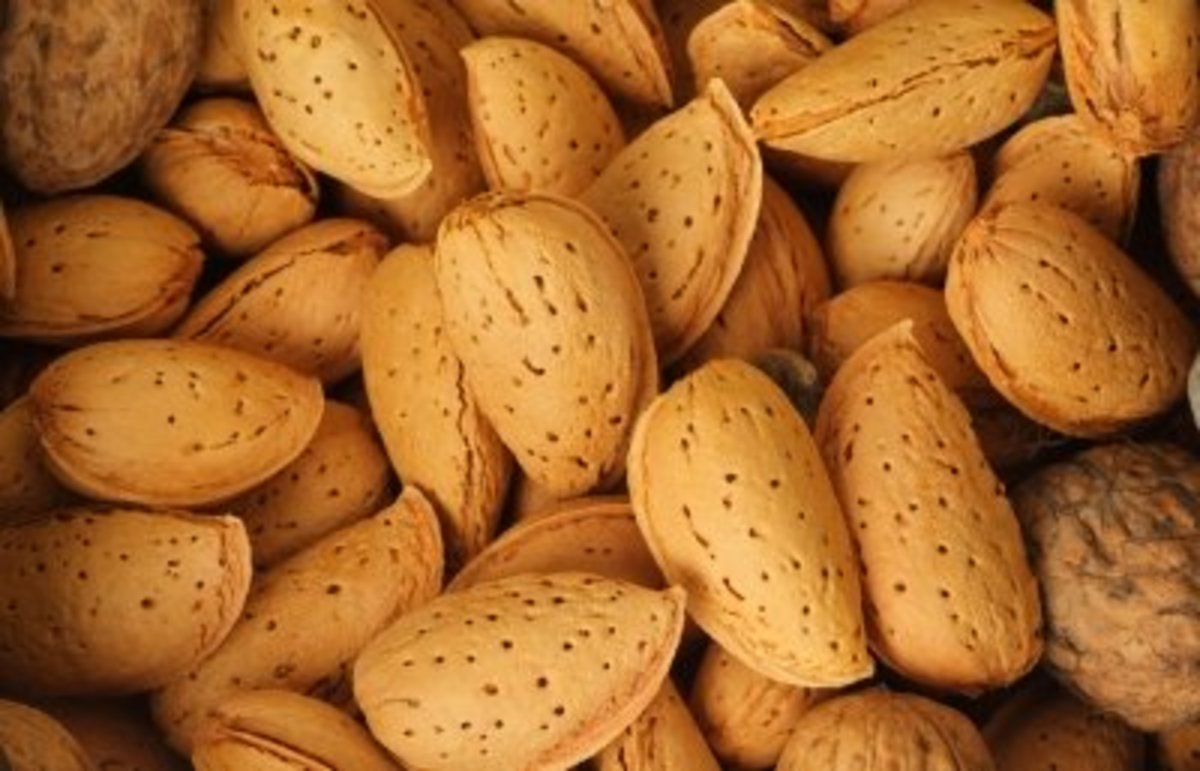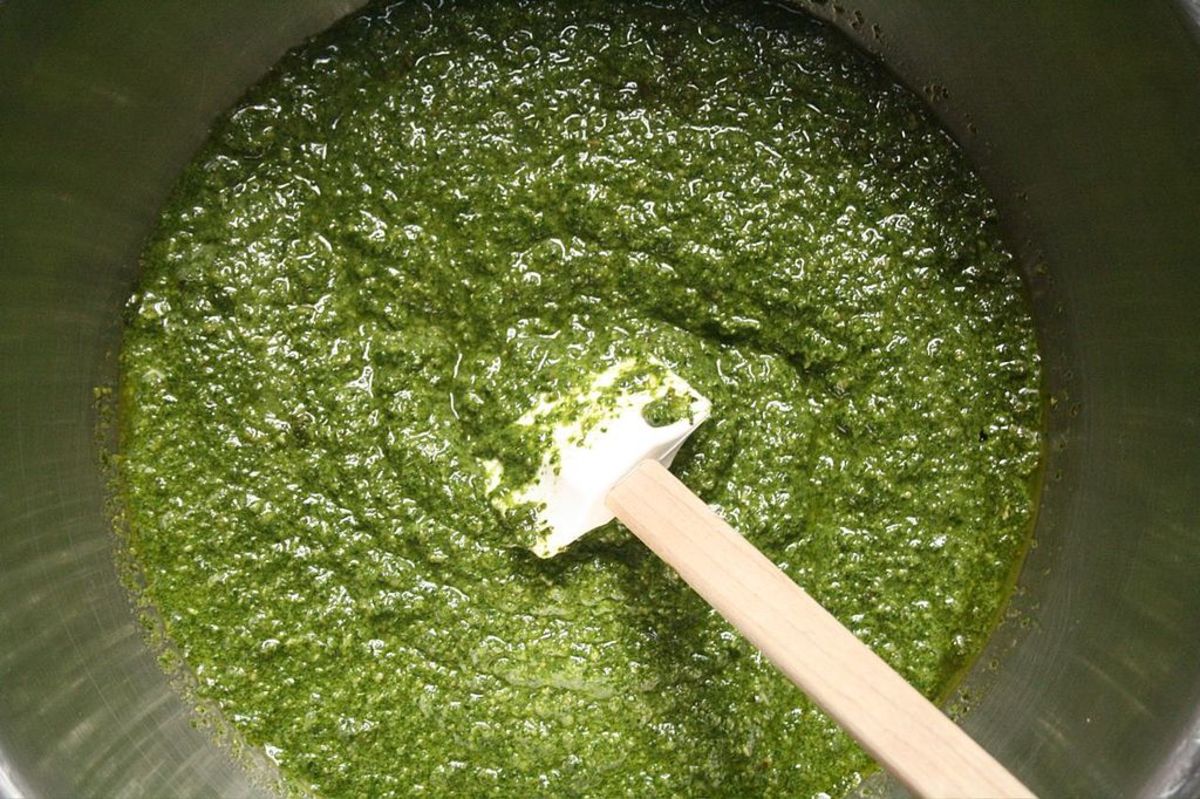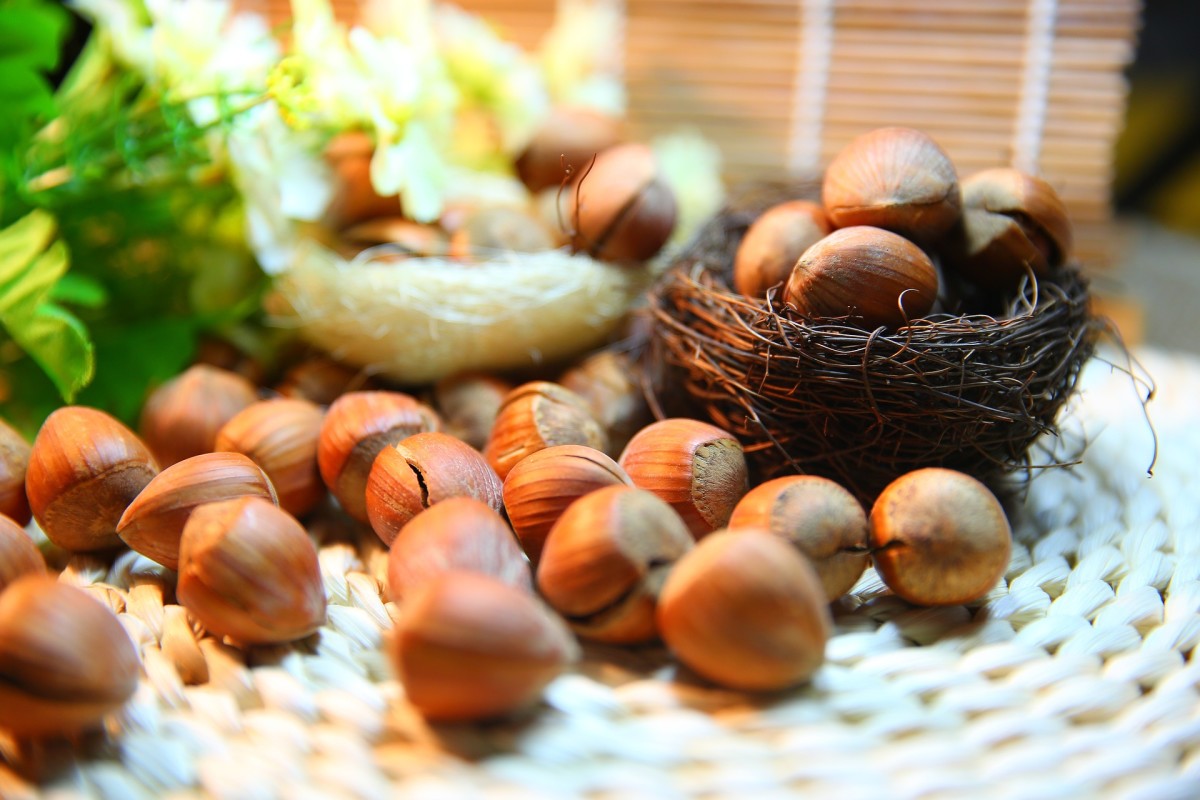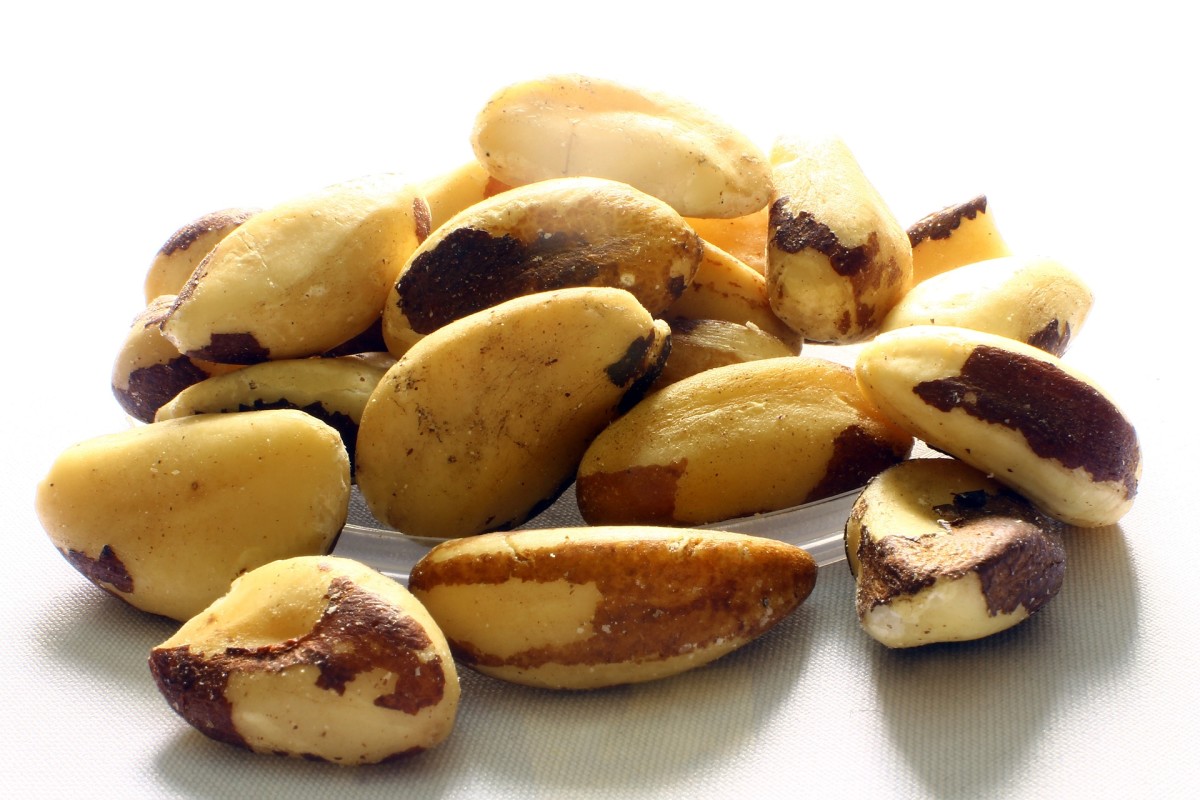Seeds and Nuts - Bitter Almonds (Prunus armeniaca)
Nutritional Information
No reliable analysis for bitter almonds is available, but they are probably similar to the almond.
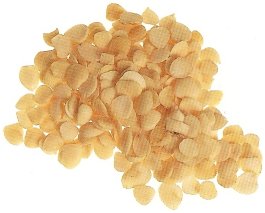
Description
Cream-colored, brown skinned seeds resembling sweet almonds, but smaller and somewhat flat. They have a distinctive medicinal aroma and bitter flavor. The powerful flavor of bitter almonds is due to an enzyme reaction which produces prussic acid. Fortunately, this poison is highly volatile and evaporates when heated.
Origin and History
The sweet almond, imported from Turkestan, was being cultivated in China in the late T'ang Dynasty (AD 619-907), but it never had the appeal of the strongly flavored local bitter almond, which was in fact the kernel of the native apricot. This same apricot was taken to Europe and its fruit is now enjoyed all over the world.
The bitter almond kernel is toxic in its raw state and must be carefully handled prior to eating or cooking. It should be boiled briefly, then parched in a warm oven for at least 20 minutes. It is used in Chinese medicines for respiratory dysfunctions.
Buying and Storage
Bitter almonds are sold in small packs, or loose by weight, in Chinese stores and herbalists. They will keep indefinitely in a covered jar in dry conditions.
Preparation and Use
Bitter almonds are used primarily in Chinese desserts, the most popular being the wobbly almond jelly which is also known as almond bean curd. Ground and boiled with water or milk it makes a delicious hot sweet soup.




